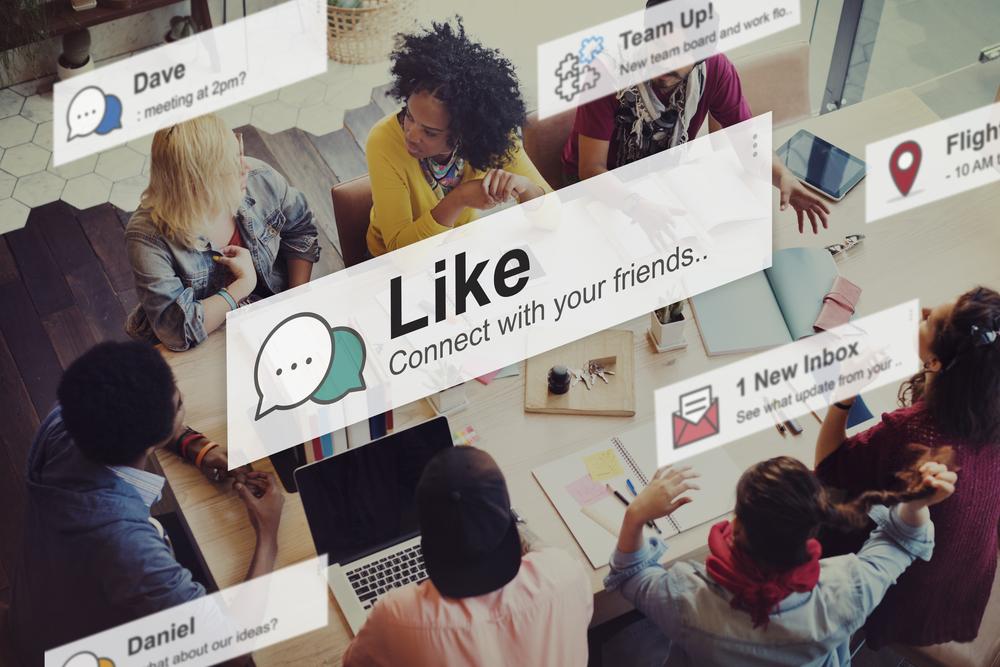Ways in which social media can influence leadership in a corporate setting
Ways in which social media can influence leadership in a corporate setting
“A leader is one who knows the way, goes the way, and shows the way.”
- John C. Maxwell
A leader is someone who influences and leads others. Leadership is the ability of an individual to guide a group of people, assist them, and support in the accomplishment of a common task. Leadership plays a vital role in any corporate setting.
Leadership and teamwork go hand in hand since teamwork is all about people coming together to complete an assigned task. The leader of a team will not only take the initiative and contribute in any manner he or she deems prudent, but will also take responsibility for every member.

The leader will be responsible for understanding the purpose for which the team was created, setting priorities to achieve their goals, assigning roles to get tasks done, making authoritative decisions from time to time, and resolving conflicts and differences in opinion.
The leader will also take into account the personal traits of every member of the team to assess which task the person can be trusted with and held accountable for, understand the general norm and atmosphere of the group, and find ways to improve efficiency and output.
Social media and how it has influenced leadership
In today’s digital age and media, it should not come as a surprise that Social Intelligence is one of the must-have social leadership skills! No doubt being social is the key to effective communication. However, today’s leaders and contributors in a corporate setting are expected to incorporate social media trends to make communication more effective.
Social leadership will enable a direct connection through legitimate channels, which can avoid a lot of confusion and chaos since the essence of a message is often lost in grapevine communication. By the time it has passed through several people, the authenticity of the message becomes unclear. Social leadership will force the leader to use the various social tools available at his or her disposal, to communicate directly and effectively.
How can social media contribute to honing leadership skills?
Social leadership is not just limited to your team but can also prove to be very beneficial in helping create an influential online presence within and also out of your organization. Understanding the importance of social intelligence in social leadership is one thing. However, finding the right social media tools to incorporate effective techniques to enhance and develop social leadership qualities should be the main priority here.
Here are a few ways to make the most of social media to enhance social leadership skills.
Establishing a good social media presence: This is step one when it comes to embracing the digital veil to improve communication. Find a channel that works best for you as a leader, and the team will bridge the gap in communication. Official channels can be very tedious and often don’t result in the desired results. However, unofficial channels and media sources, which people in the team use on a regular basis, can prove to be a game changer. It not only will lighten the mood but also communicate the message effectively and directly. Social media chat rooms, blogging portals, Google+, Hangouts, and even the occasional webcasts will be a couple of good places to start and establish your online presence.
Content matters: There will be multiple avenues for posting content and voicing your opinions and concerns through social media. However, more focus and importance should be given to the type of content you will be posting. Not only that, be creative and inventive when it comes to the type of content you plan on posting to increase engagements and influence everyone who has access to your content.
Interactive communication: A good leader is someone who is willing to interact with people, address grievances, and take the requisite efforts to resolve conflicts, if any. Since social media is the most effective form of two-way communication, it is only logical that an interactive platform is established. When it comes to social leadership in a corporate setting, interactive communication through various social tools available at your disposal will get you the desired results.
Maximize potential: Two-way communication enables the exchange of ideas across the board. Thus social media proves to be a very effective platform to brainstorm ideas with sophisticated yet simple to use social tools and channels like YouTube, Instagram, and Twitter among many others.
Monitor growth: Sharing on intranet social media networks allows leaders to monitor everything in real time and thus also enable them to make decisions based on what was expected and what the outcome was. Monitoring in real time saves both time and efforts by creating a system that is more responsive than other traditional modes of communication.


